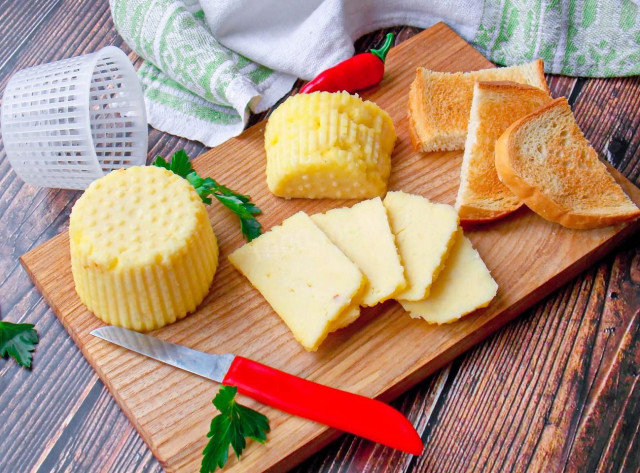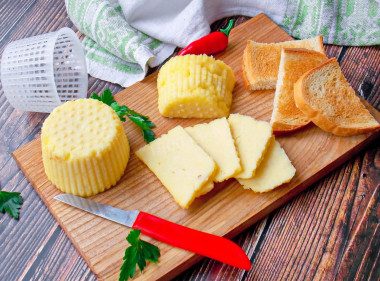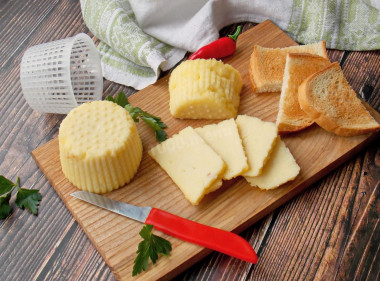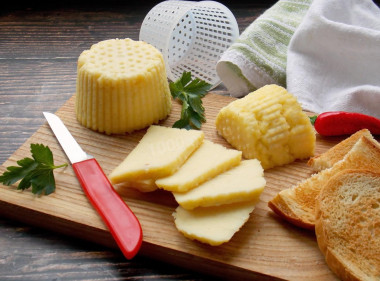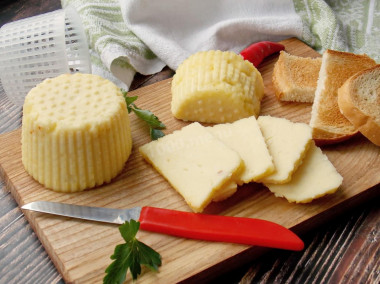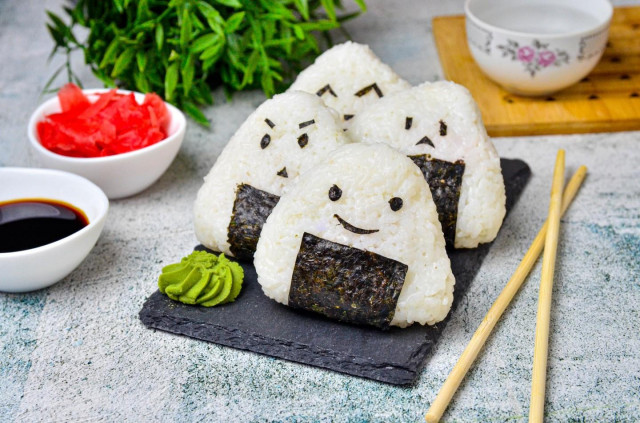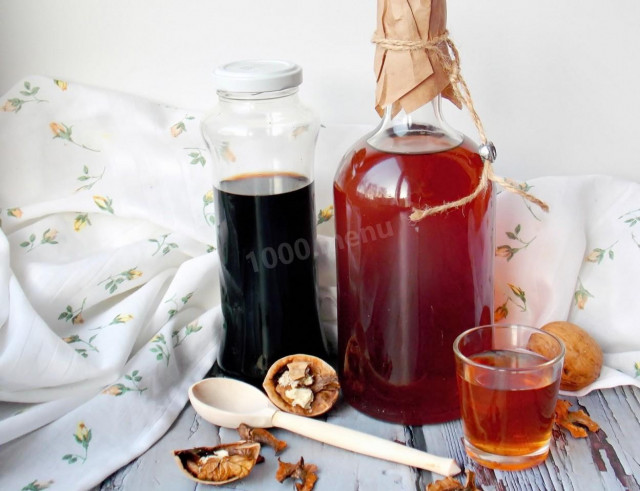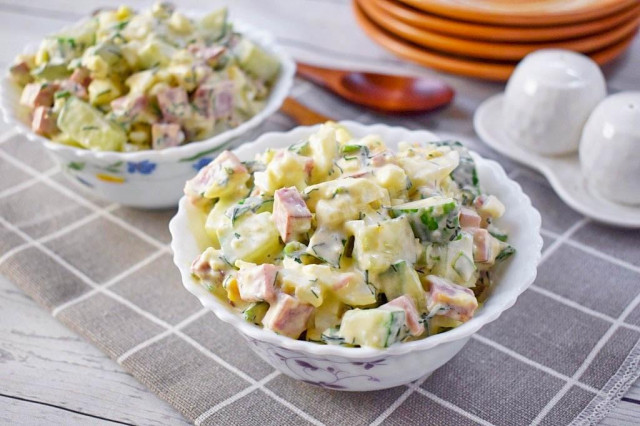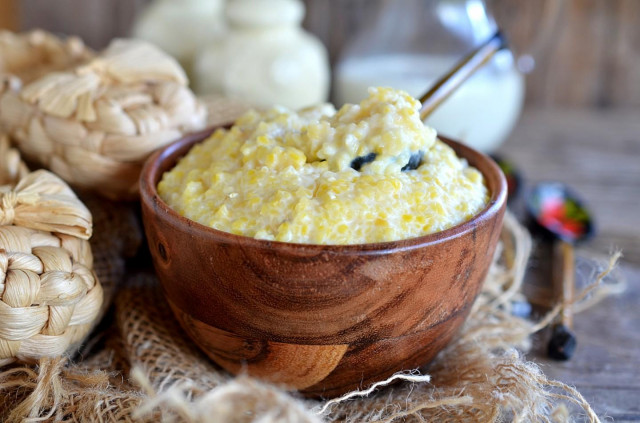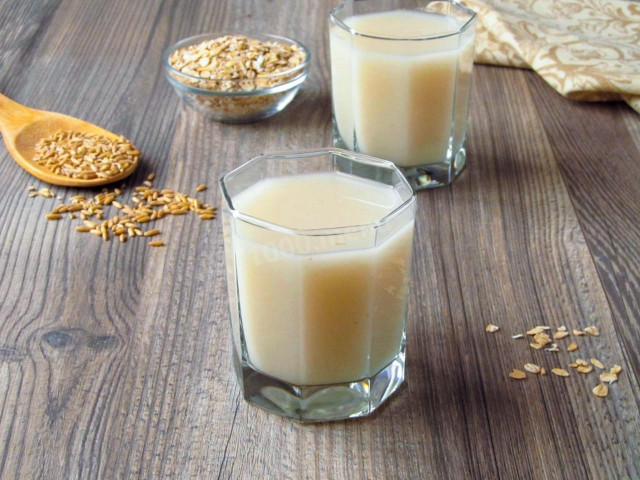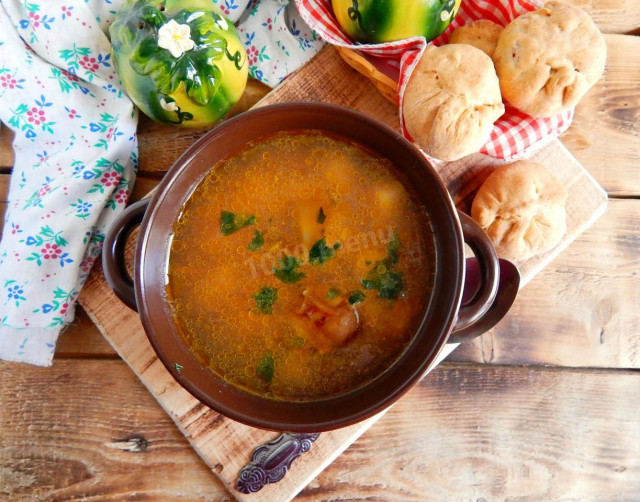Composition / ingredients
Step-by-step cooking
Step 1:

How to make homemade cheese from cottage cheese and milk? Prepare all the necessary ingredients. Cottage cheese is better to take fat and homogeneous, otherwise there may be cottage cheese inclusions in the finished product. Of course, this will not spoil the taste, but the texture will not be uniform. If you still bought a coarse cottage cheese, wipe it through a fine sieve.
Step 2:
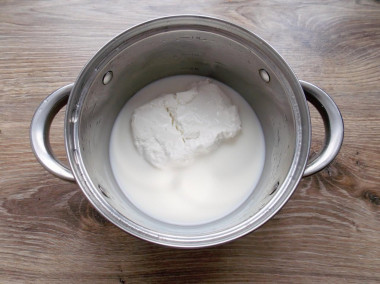
Pour the milk into a saucepan, put the cottage cheese and mix everything until smooth. To make a delicious, fatty cheese, the milk should not be store-bought, but natural, cow's milk. And it should stand in the refrigerator after milking for at least one day to ripen.
Step 3:
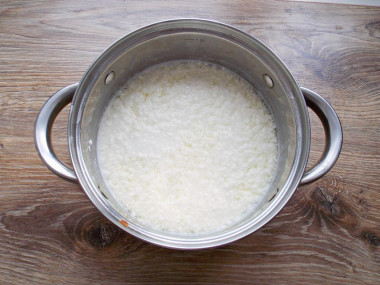
Put on medium heat and heat the mass to a boil. Reduce the heat to low and cook until the curd mass is rolled up and the whey is separated, stirring. It took me about 7-10 minutes.
Step 4:
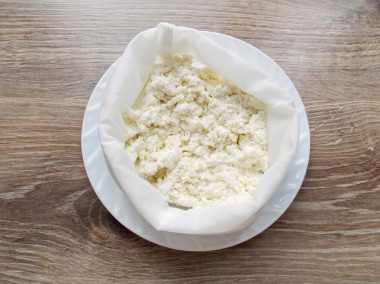
Remove from the heat and discard the mass on a sieve in which the gauze is stacked in several layers. I used a special dacron bag to make cheese. Allow the serum to drain completely. In order to speed up the process, you can put pressure on the curd mass with a regular spoon.
Step 5:
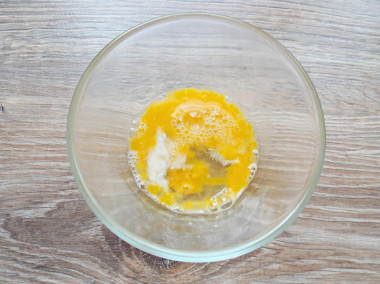
In a bowl, break an egg, add baking soda and salt. Mix everything well with a fork until smooth.
Step 6:
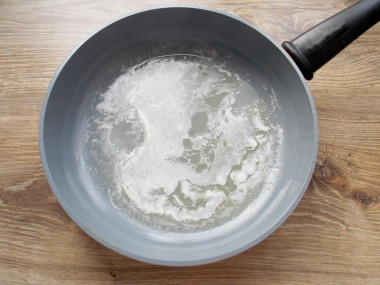
Put the frying pan on a slow fire, put the butter and heat until the butter melts.
Step 7:

Pour the egg mixture into the pan and mix quickly.
Step 8:
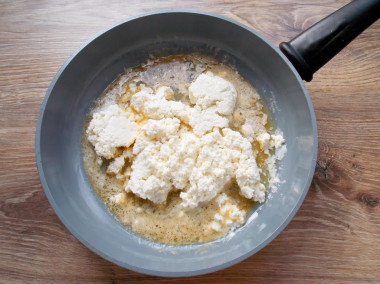
Immediately put the curd mass and mix.
Step 9:
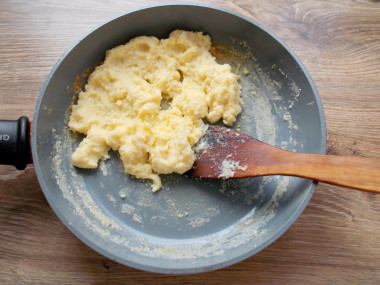
Continue to mix the mass and cook it over low heat until it begins to melt and becomes a homogeneous mass.
Step 10:
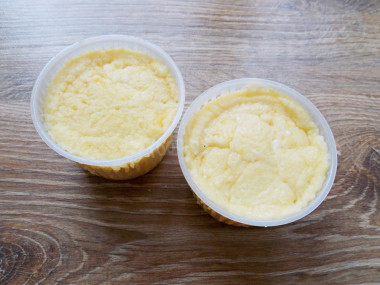
Grease the mold with vegetable oil and transfer the hot curd mass into it. Flatten the top and leave to cool completely. Then put it in the refrigerator for one day to ripen.
Step 11:
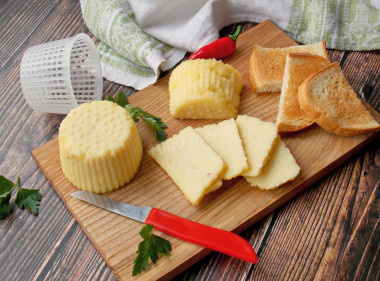
Take out the cheese, slice and serve.
Step 12:
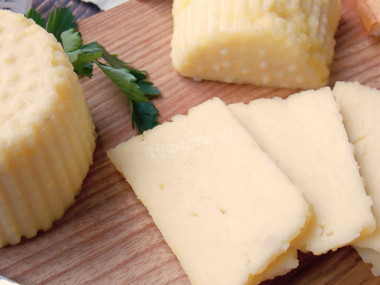
Bon appetit!
In my opinion, this is the easiest way to make homemade cheese. It can be made not just salty, but also supplemented with spices, pieces of dried tomatoes, herbs. It should be stored in the refrigerator wrapped in plastic wrap or wrapping paper.
It is important to carefully consider the choice of cottage cheese. A low-quality product can spoil the finished dish, as it directly affects the consistency, taste and final result. Choose fresh, natural cottage cheese, without foreign impurities, signs of spoilage (unpleasant smell, non-uniform color, separated serum). Do not forget to pay attention to the consistency (dry, moist, homogeneous or grains, soft or pasty), as well as the fat content of the product.
Caloric content of the products possible in the composition of the dish
- Whole cow's milk - 68 kcal/100g
- Milk 3.5% fat content - 64 kcal/100g
- Milk 3.2% fat content - 60 kcal/100g
- Milk 1.5% fat content - 47 kcal/100g
- Concentrated milk 7.5% fat content - 140 kcal/100g
- Milk 2.5% fat content - 54 kcal/100g
- Chicken egg - 157 kcal/100g
- Egg white - 45 kcal/100g
- Egg powder - 542 kcal/100g
- Egg yolk - 352 kcal/100g
- Ostrich egg - 118 kcal/100g
- Cottage cheese of 40% fat content - 466 kcal/100g
- Cottage cheese of 20% fat content - 233 kcal/100g
- Cottage cheese of 18% fat content - 226 kcal/100g
- Cottage cheese of 10% fat content - 156 kcal/100g
- Low-fat cottage cheese - 75 kcal/100g
- Cottage cheese with sour cream - 260 kcal/100g
- Fruit cottage cheese - 147 kcal/100g
- Soft dietary cottage cheese - 170 kcal/100g
- Vitalinia cottage cheese - 64 kcal/100g
- Cottage cheese "morning" ( "danone") without sugar - 91 kcal/100g
- Cottage cheese - 156 kcal/100g
- Butter 82% - 734 kcal/100g
- Amateur unsalted butter - 709 kcal/100g
- Unsalted peasant butter - 661 kcal/100g
- Peasant salted butter - 652 kcal/100g
- Melted butter - 869 kcal/100g
- Vegetable oil - 873 kcal/100g
- Salt - 0 kcal/100g
- Baking soda - 0 kcal/100g

